A Bias Toward Marketing Easily Seen
Years ago we worked with a large health insurer on a pilot program that targeted their members with nutrition education and coupons for healthy food products delivered through their health professional.
The goal, from our perspective, was to see if this type of intervention could help the insurer lower healthcare costs by helping members avoid illness and chronic disease with a preventative approach—namely, eating a healthier diet. The insurer had another idea. It saw the program as an opportunity to increase brand equity—and more importantly, counteract negative perceptions of the health insurance industry.
We were working toward outcomes and they were looking at favorability ratings.
Regardless, the program was an enormous success. People loved the materials and coupons, and perceptions of the insurer rose. So much, in fact, that our client, a vice president at the insurer, expressed concern that his superiors simply wouldn't believe the results. These numbers are too good, he told us, especially for something senior management can't see.
When we expressed our befuddlement at that comment, he explained: His CEO mostly wanted his marketing team to produce 30-second commercials that he could see on television or print ads he could see in the newspaper. To the CEO, that was marketing. Only what he could easily see.
Anyone who has ever worked in marketing probably has a similar story about a client, boss or company with a bias toward only what is highly visible—a bias toward only what they can easily see. And consistently, that bias is maintained even when what is easily seen is less easily measured. Our client wasn't able to easily measure the impact of his TV spots and print ads, but the quantitative measures of success from our program were dismissed because he couldn't easily see what had delivered those results.
After all, the face-to-face interaction between a consumer and their trusted health professional, whether that be a doctor, a dietitian, or a fitness professional, is by design a private one. It is not easily seen by others, and rightly so.
But that's what makes it so powerful for healthy brands. The ability to be part of that trusted, face-to-face interaction—to earn a recommendation of your brand from a health professional directly to a consumer—is about as targeted and high impact as marketing can get. It is also measurable, despite not being easily seen.
People frequently ask us how we measure the impact and success of the outreach we do to consumers through health professionals. We talk about feedback loops and surveys, interviews and practitioner panels. We talk about metrics like brand awareness, intent to recommend, agreement with key marketing messages, perceived value and a host more. Then we ask them how they measure their more easily seen marketing tactics and they hem and haw.
Consumers continually report that they trust nutrition guidance from conversations with health professionals more than any other source. More than websites, social media, bloggers, and media personalities. In a marketplace which has become increasingly cluttered, where consumers are being bombarded with information—much of which they don't trust—perhaps it's time to listen to consumers.
Maybe it's time to take on this age-old bias toward marketing that can be easily seen and focus instead on marketing that works because it can't be easily seen.
